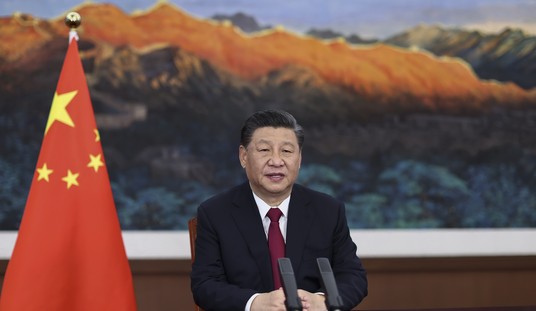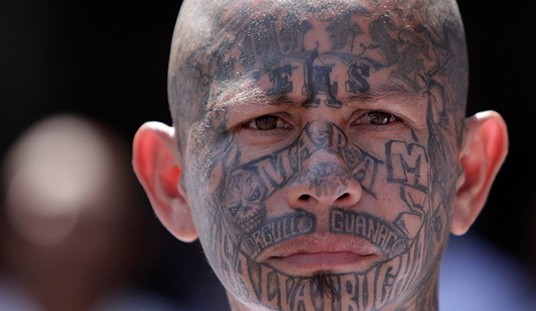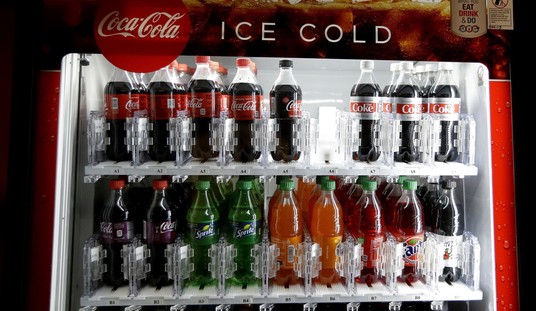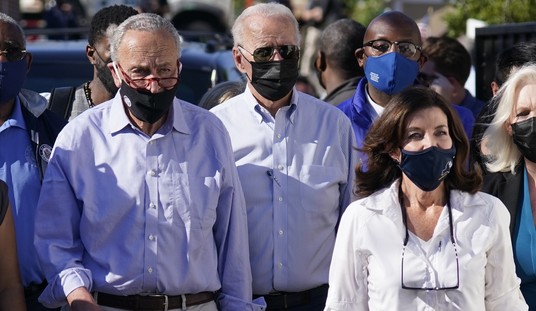In these trying times, you need to temper the anxiety with some spirit-lifting spirits lifting.
There has been no shortage of reactions to the invasion of Ukraine by Vladamir Putin’s troops. One of those is a growing list of companies and organizations pulling away from, or pulling down, Russian products. Adding to this trend is the mounting news of Russian vodka being removed from stores and bars, or from being sold in certain states.
Now, this is a noble cause, but by the same token, it is not likely to be too impactful. It is not entirely a symbolic move, but even as it is somewhat worthy, it is also close to being somewhat worthless. This is due to the realities in the vodka industry.
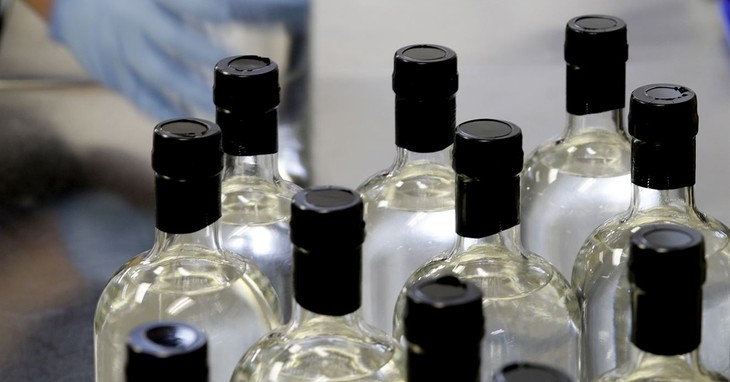
Taking a Sober Look at the Vodka Marketplace
One of the first things to do is analyze the segment in the vodka sales sector. There is a simple fact when it comes to vodka and that is the very limiting diversion of flavors and quality. Vodka by nature possesses the least amount of flavor to start, and the competition between brands to outdo each other in distillation makes for a smoother-drinking product, but it also will tend to strip what little flavor there is.
The reality is when you have a brand getting into the multiple-distilled levels it is matching, and even surpassing the quality seen from import brands. As it stands, the U.S. vodka market is dominated by domestic brands, comprising over 50 percent of vodka sold here and led by Texas-distilled Tito’s, out of Austin. And for the Russians? They barely manage to scratch a position in the sales list of their native spirit.
There's growing talk of boycotting Russian vodka. By all means, go for it, but there will be little impact felt from the U.S. marketplace.
No Russian brands even crack the top-10 in sales, and Russian imports make up only about 1% of the US-sold brands by volume. pic.twitter.com/8O0MXvzRfn— Brad Slager – Digging into the CPAC 12-pack (@MartiniShark) March 1, 2022
On that list, you get two brands from Sweden, one French, and one from the Netherlands. In total, the imported brands of vodka sales total $1.4 billion. Russian vodka accounts for a paltry $18.5 million in sales annually. Considering the bank asset freezes have impacted Putin to the tune of hundreds of billions in lost cash infusions, our switching out a shot from our traditional mixers is not going to be felt.
But there is still is a broader political effort at play, so it is not entirely futile. The first challenge of course is pegging the labels from the land of Ivan Drago. Smirnoff will not get the job done, as that is a U.S. brand. Stoli is another popular Russian choice, however, its nebulous provenance after the dissolving of the Soviet Empire has led to it being produced in Latvia.
It is certainly for this reason that on the corporate website, the front page is emblazoned with the firm support of the country of Ukraine.
So which vodkas are you sending to the gulag? The most popular of those is probably Russian Standard, a reliable and low-cost brand. Others on the list of the best-selling brands are Beluga, Hammer & Sickle, Imperia, Mamont, Organika, and ZYR.
But, You Can Support The Resistance
There are a number of Ukraine-made vodkas that you could switch to in order to supplant your Russian choice or to seek out in order to support the cause of the invaded people.
Nemiroff — Possibly the most popular of the Ukraine brands in the states. Once they were a sponsor of the Ultimate Fighting Championships.
Khor Platinum — A very decent quality brand that is surprisingly inexpensive. You should easily find this priced below $20.
Kruto Original — Made from a centuries-old wheat recipe, which is grown in the Ukrainian mountains.





